Table of content
Cabbage congee, a humble yet deeply satisfying dish, has been a staple in kitchens across Asia for centuries. This porridge-like meal, made by simmering rice and cabbage until it reaches a creamy consistency, is celebrated for its simplicity, nourishing qualities, and ability to soothe both body and soul. Whether you’re recovering from an illness, seeking a light dinner, or craving a taste of home-cooked warmth, cabbage congee is a versatile choice that adapts to countless variations. In this comprehensive guide, we’ll explore the history of congee, delve into the nuances of selecting ingredients, and master the techniques required to cook this dish to perfection. By the end, you’ll not only know how to prepare cabbage congee but also understand how to elevate it with creative twists.
The Cultural Significance of Congee
Before diving into the recipe, it’s worth appreciating the cultural roots of congee. Often referred to as jook in Cantonese, zhou in Mandarin, or okayu in Japanese, congee has been a dietary cornerstone in many Asian societies for millennia. Its origins trace back to ancient China, where it was initially consumed as a practical solution to stretch limited grain supplies. Over time, it evolved into a symbol of comfort, healing, and familial love.
In traditional Chinese medicine, congee is revered for its digestibility and ability to nourish the spleen and stomach. Cabbage, with its mild flavor and high fiber content, complements these qualities perfectly, making the combination a beloved choice for those seeking balance and wellness. Today, cabbage congee remains a beloved dish, enjoyed in homes, street stalls, and high-end restaurants alike.

Ingredients: Simplicity Meets Nutrition
The beauty of cabbage congee lies in its minimalist ingredient list. To cook a pot that serves four to six people, you’ll need:
- 1 cup of short-grain white rice: Short-grain rice, such as sushi rice or Japanese calrose, releases starch more readily during cooking, creating a creamier texture.
- 8 cups of water or low-sodium broth: Vegetable broth adds depth, while chicken broth imparts a savory richness.
- 4 cups of shredded cabbage: Napa cabbage, with its delicate leaves and subtle sweetness, is traditional, but green cabbage works well too.
- 1 tablespoon of neutral cooking oil: Sesame oil, peanut oil, or avocado oil are excellent choices.
- 2 garlic cloves, minced: For aromatic depth.
- 1-inch piece of fresh ginger, grated: Ginger adds a warming zing and aids digestion.
- 1 teaspoon of salt: Adjust to taste.
- Optional toppings: Sliced green onions, fried garlic, soy sauce, sesame seeds, or a soft-boiled egg.
Choosing the Right Cabbage
Napa cabbage, also known as Chinese cabbage, is the traditional choice for congee. Its tender, crinkled leaves break down beautifully during cooking, melting into the porridge. However, if unavailable, green cabbage offers a crisper texture and earthier flavor. For a twist, try purple cabbage, which adds a vibrant hue and mild peppery note.
Step-by-Step Cooking Process
Preparing the Rice
Rinsing the Rice:
Start by rinsing the rice under cold water until the water runs clear. This step removes excess starch, preventing the congee from becoming overly gluey. Some cooks skip rinsing to retain starch for a thicker consistency—experiment to find your preference.
Soaking the Rice (Optional):
Soaking the rice for 30 minutes to an hour reduces cooking time and ensures even cooking. While not mandatory, this step is recommended for busy cooks.
Sautéing Aromatics
In a large pot, heat the cooking oil over medium heat. Add the minced garlic and grated ginger, sautéing until fragrant (about 1 minute). This step infuses the base of the congee with aromatic flavors, elevating the dish from bland to brilliant.
Cooking the Rice
Add the rinsed rice to the pot and stir to coat the grains with oil and aromatics. Toast the rice lightly for 2–3 minutes until the edges become translucent. This toasting step enhances the nutty flavor of the rice.
Adding Liquid and Simmering
Pour in the water or broth, stirring gently to combine. Increase the heat to high and bring the mixture to a boil. Once boiling, reduce the heat to low, cover the pot, and simmer. Stir occasionally to prevent sticking.
Cooking Time:
The congee will need 45 minutes to 1 hour to reach the desired consistency. Short-grain rice typically breaks down faster than long-grain varieties. For a thicker congee, cook uncovered for the last 15 minutes to allow excess liquid to evaporate.
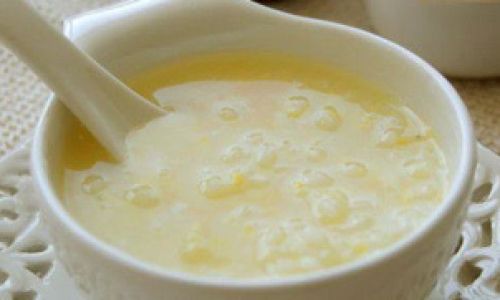
Incorporating the Cabbage
When the rice has softened and the congee begins to thicken (around 30 minutes into cooking), add the shredded cabbage. Stir gently to submerge the cabbage in the liquid. Continue simmering until the cabbage wilts and integrates into the porridge.
Timing Tip:
Adding cabbage too early may overcook it, resulting in a mushy texture. Adding it midway ensures it retains some structure while blending seamlessly into the congee.
Seasoning and Adjusting
Taste the congee and adjust the seasoning with salt. For added depth, consider a splash of soy sauce or a pinch of white pepper. If the congee is too thick, stir in hot water or broth, a quarter-cup at a time, until you achieve your preferred consistency.
Achieving the Perfect Consistency
The ideal congee texture is a matter of personal preference. Some prefer a loose, soup-like consistency, while others enjoy a thick, spoon-coating porridge. Here’s how to adjust:
- For a thinner congee: Increase the liquid ratio to 9–10 cups of water per 1 cup of rice.
- For a thicker congee: Use 7–8 cups of liquid and cook uncovered for the final 15–20 minutes.
Stirring Technique:
Stir the congee every 5–10 minutes to prevent the rice from clumping or sticking to the bottom of the pot. A wooden spoon or silicone spatula works best.
Creative Variations and Add-Ins
Cabbage congee is a canvas for culinary creativity. Here are some ways to customize it:
-
Protein Boost:
- Add diced chicken, pork, or shrimp during the last 15 minutes of cooking.
- Top with a soft-boiled egg for a luxurious touch.
-
Vegetarian Twists:

- Stir in sliced mushrooms, carrots, or spinach during the final 10 minutes.
- Garnish with toasted sesame seeds or a drizzle of chili oil.
-
Flavor Enhancers:
- A splash of rice vinegar or lime juice brightens the dish.
- A dollop of miso paste adds umami depth.
-
Texture Contrasts:
Crunchy toppings like fried shallots, crushed peanuts, or wonton strips provide satisfying contrast.
Troubleshooting Common Issues
-
Congee is too watery:
- Increase the heat and cook uncovered for 10–15 minutes to reduce excess liquid.
- Whisk in a tablespoon of cooked rice or a cornstarch slurry (1 tsp cornstarch + 1 tbsp water).
-
Congee is too thick:
Gradually stir in hot water or broth until the desired consistency is reached.
-
Burnt bottom:
- Use a heavy-bottomed pot to distribute heat evenly.
- Stir more frequently during the latter half of cooking.
-
Cabbage is too crunchy:
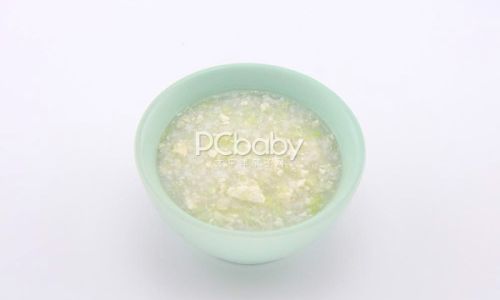
Add the cabbage earlier in the cooking process or sauté it briefly before adding to the pot.
Health Benefits of Cabbage Congee
Beyond its comforting flavor, cabbage congee offers a host of nutritional benefits:
- Digestive Health: Cabbage is rich in fiber, promoting gut health and regularity.
- Anti-Inflammatory Properties: Ginger, a common addition, contains compounds that reduce inflammation.
- Hydration: The high water content of congee makes it an excellent choice for rehydration.
- Low in Calories: A bowl of cabbage congee is satisfying yet light, making it ideal for weight management.
Storage and Reheating
Cabbage congee stores beautifully, making it a perfect meal-prep dish.
- Refrigeration: Cool the congee completely, then transfer it to an airtight container. It will keep for 3–4 days.
- Freezing: Portion the congee into freezer-safe bags or containers. It can be frozen for up to 3 months.
Reheating Tips:
- Stovetop: Reheat over low heat, stirring occasionally and adding water if needed.
- Microwave: Use short intervals, stirring between each, to prevent splattering.
Cultural Adaptations and Modern Twists
While cabbage congee has deep roots in tradition, modern cooks are reimagining it in exciting ways.
- Korean-Inspired: Add gochujang (fermented chili paste) and kimchi for a spicy kick.
- Mediterranean Fusion: Incorporate sautéed zucchini, tomatoes, and a sprinkle of feta cheese.
- Vegan Delight: Use vegetable broth and top with avocado slices and hemp seeds.
Conclusion: The Joy of Cabbage Congee
Cabbage congee is more than a meal—it’s a ritual, a hug in a bowl. Whether you’re nursing a cold, sharing a meal with loved ones, or simply craving a taste of simplicity, this dish delivers. By mastering the balance of rice, cabbage, and aromatics, you’ll create a foundation for endless creativity. Experiment with toppings, adjust the seasonings, and let your palate guide you. After all, the best congee is the one that nourishes your body and your spirit.
So, the next time you’re in the kitchen, let the rhythmic simmer of cabbage congee remind you that sometimes, the simplest things in life are the most profound. Happy cooking!

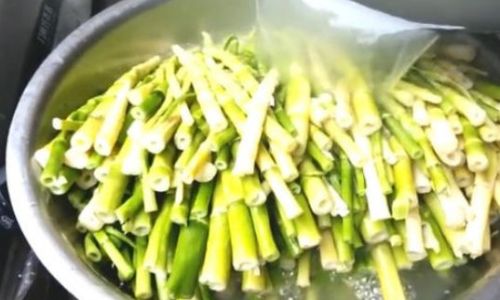
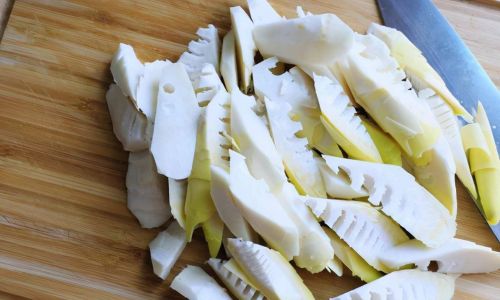
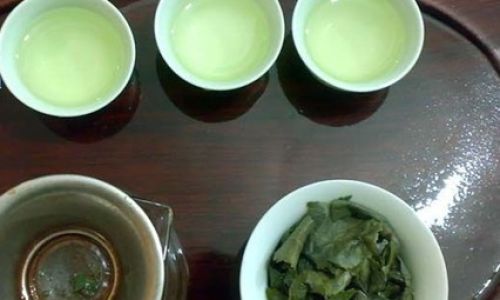
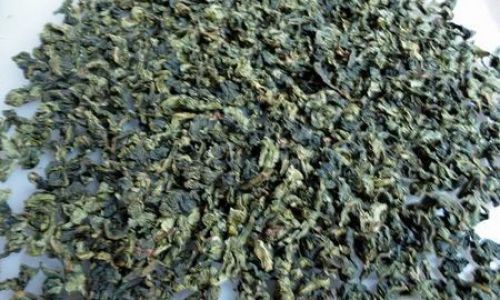
0 comments